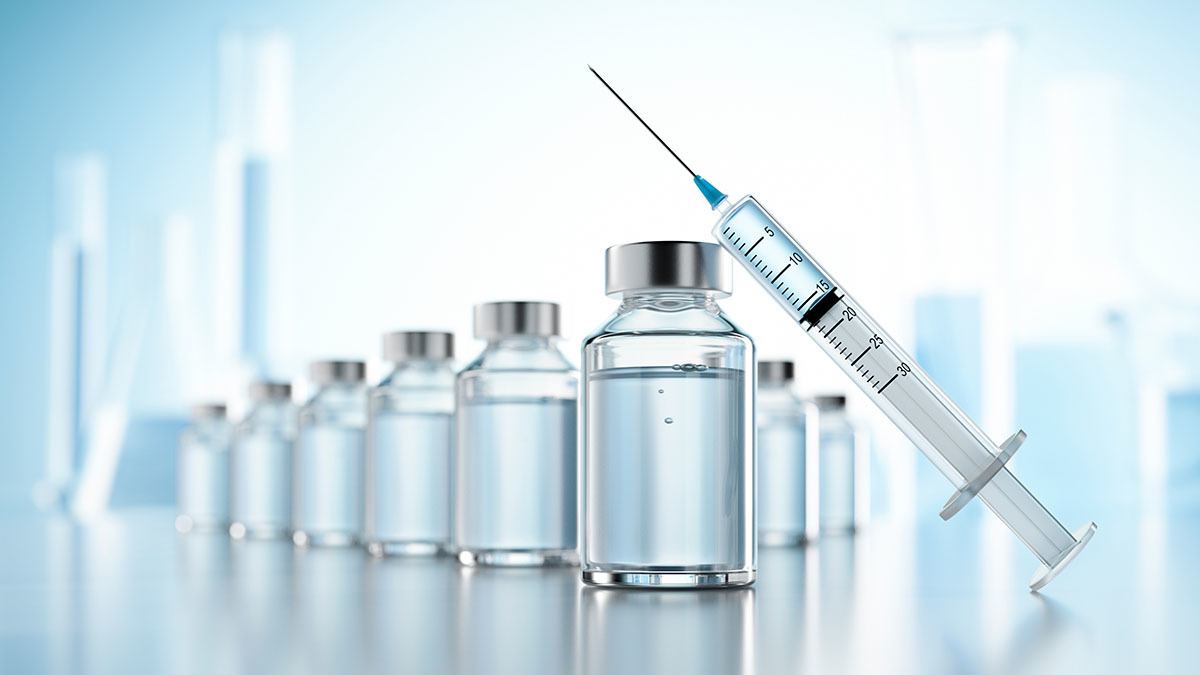USP Basic Extractables Testing
The USP Basic Extractables Testing is a critical process in pharmaceutical manufacturing that ensures the safety and efficacy of drug products by evaluating potential contaminants from packaging materials, containers, and closures. This test identifies chemical compounds that can leach into contact with drug products during storage or use.
Understanding extractables involves identifying and quantifying the chemicals that may be transferred to a pharmaceutical product through contact with packaging components such as vials, syringes, closures, and stoppers. The USP General Chapter 0961 Extractables and Leachables provides a framework for this evaluation.
The testing process is designed to ensure that the materials used in drug delivery systems do not introduce any harmful substances into the medication, thereby protecting patient health. By conducting these tests early in the development cycle, manufacturers can identify potential issues before they become critical challenges at later stages of production.
One key aspect of USP Basic Extractables Testing is the evaluation of compatibility between drug products and their containers. This includes assessing whether the container material will interact with the active pharmaceutical ingredients (APIs) or excipients in ways that could alter product integrity or safety profiles. Additionally, it helps to determine if there are any interactions that might lead to degradation reactions or the formation of harmful byproducts.
The methodology typically involves simulating real-world conditions using various solvents representative of those which would be used during processing and storage processes. These solvents include water, ethanol, methanol, acetone, and others depending on the type of container material being tested. After exposure to these solvents for a specified period, the extracts are analyzed for their composition.
Applied Standards
- USP General Chapter 0961 Extractables and Leachables
- ASTM E2348-17 Standard Practice for Extracting Chemicals from Packaging Components in Contact with Pharmaceuticals Using Simulated Use Conditions
The USP guideline emphasizes the importance of understanding which chemicals might be present in a given material and how they behave under different conditions. It also highlights the need to consider not only single-use containers but multi-use systems as well.
Why Choose This Test
- Ensure Regulatory Compliance: Adherence to USP standards is crucial for pharmaceutical companies seeking to meet regulatory requirements set forth by agencies like the FDA and EMA.
- Patient Safety: By identifying potential hazards early in the development process, you help safeguard patients from exposure to harmful substances.
- Quality Assurance: Regular testing ensures consistent quality across batches and helps maintain high standards throughout production.
Competitive Advantage and Market Impact
- Innovation Leadership: Demonstrating a commitment to innovation through rigorous testing sets your company apart from competitors who may not prioritize this aspect.
- Enhanced Reputation: A strong track record of adhering to stringent quality control measures enhances brand reputation and builds trust with stakeholders.
Pharmaceutical companies that invest in thorough extractables testing demonstrate their dedication to excellence, which can significantly enhance market competitiveness. This proactive approach not only supports current projects but also positions your organization favorably for future developments as regulatory expectations evolve.





